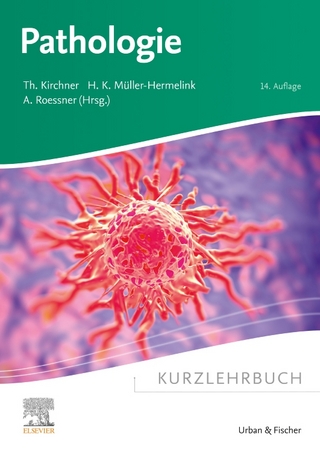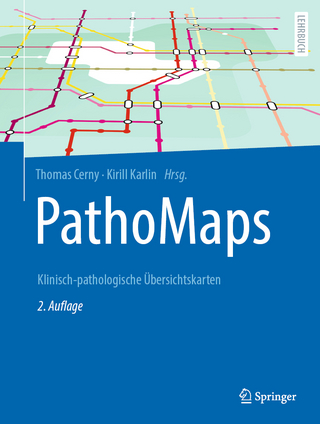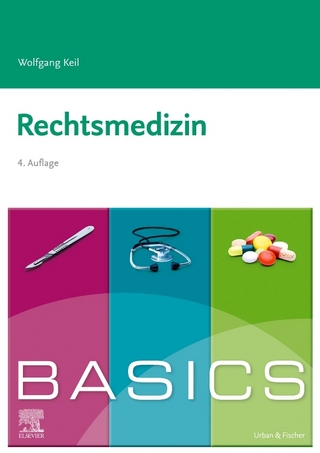
Sepsis
Springer-Verlag New York Inc.
978-1-0716-1487-7 (ISBN)
Authoritative and practical, Sepsis: Methods and Protocols serves as an ideal guide for researchers working toward improving the identification and treatment of septic patients.
Cecal Ligation and Puncture.- Colon Ascendens Stent Peritonitis (CASP).- Induction of Sepsis via Fibrin Clot Implantation.- Cecal Slurry Injection in Neonatal and Adult Mice.- Injection of Escherichia coli to Induce Sepsis.- A Mouse Model of Pseudomonas aeruginosa Pneumonia.- A Mouse Model of Candidiasis.- Francisella tularensis Infection of Mice as a Model of Sepsis.- A Mouse Model of Necrotizing Enterocolitis.- A Murine Model of Full-Thickness Scald Burn Injury with Subsequent Wound and Systemic Bacterial Infection.- Mouse Intensive Care Unit (MICU).- Creation of BLT Humanized Mice for Sepsis Studies.- Scoring Sepsis Severity in Mice,0 Identification of ILC2 in the Lung Using Flow Cytometry.- Measurement of Intestinal Permeability During Sepsis.- Sepsis Biomarkers.- Detection of Blood Cell Surface Biomarkers in Septic Mice.- Microfluidic Chips for Sepsis Diagnosis.- Analgesia and Humane Endpoints for Rodents in Sepsis Research.- Agent-Based Modeling of Systemic Inflammation: A Pathway towards Controlling Sepsis.
| Erscheinungsdatum | 07.06.2021 |
|---|---|
| Reihe/Serie | Methods in Molecular Biology ; 2321 |
| Zusatzinfo | 50 Illustrations, color; 3 Illustrations, black and white; XIII, 262 p. 53 illus., 50 illus. in color. |
| Verlagsort | New York, NY |
| Sprache | englisch |
| Maße | 178 x 254 mm |
| Themenwelt | Studium ► 2. Studienabschnitt (Klinik) ► Pathologie |
| Studium ► Querschnittsbereiche ► Infektiologie / Immunologie | |
| Naturwissenschaften ► Biologie ► Genetik / Molekularbiologie | |
| ISBN-10 | 1-0716-1487-8 / 1071614878 |
| ISBN-13 | 978-1-0716-1487-7 / 9781071614877 |
| Zustand | Neuware |
| Haben Sie eine Frage zum Produkt? |
aus dem Bereich


